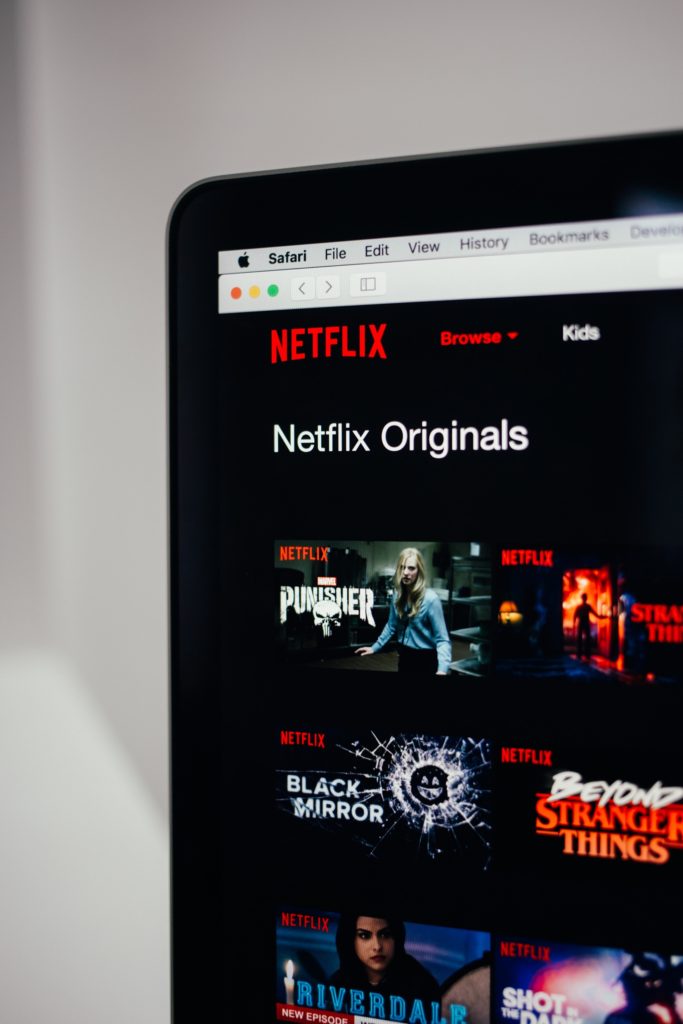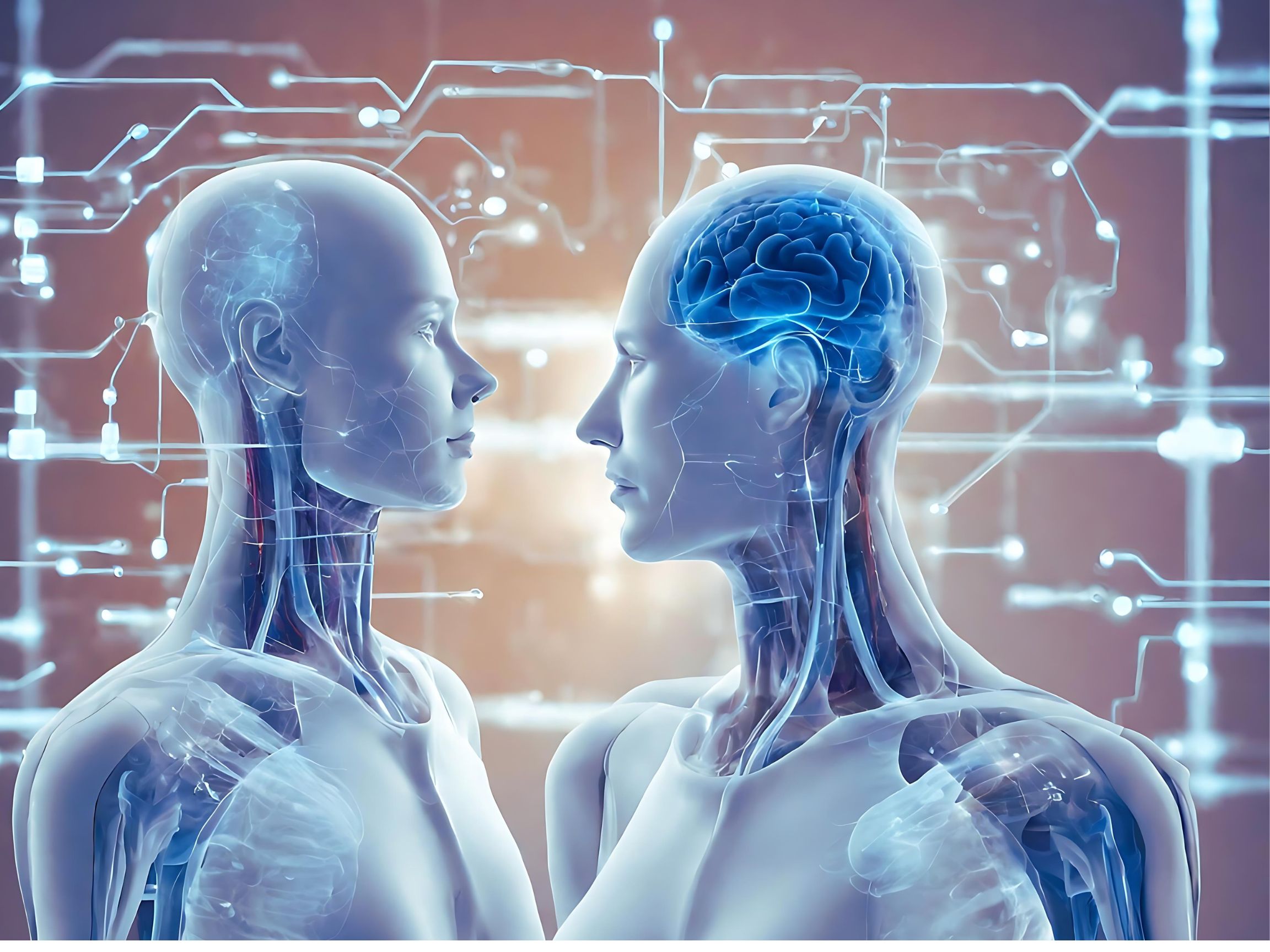Existing in the cloud?
Have you ever wondered if existing in the cloud is possible? I believe all humans think about that, whether if it is because of a religious issue, fear of the future or simply scientific curiosity. The hypotheses that society have stated are varied and multidisciplinary. Nevertheless, one of them strongly attracts my attention: will we come to exist in the cloud?
Without too much thinking, we could say that the human brain processes and stores an exorbitant amount of information. Don’t think only of the things you have consciously learned: the dates of historical events, your favorite musicians or the basic knowledge related to your profession. Take into account the entire network of people around. Now think of all the data it implies: name, age, occupation, marital status, etc. Or the places you’ve been, TV series you’ve watched, your favorite type of chocolate or your blood group.
There is a set of data that essentially shapes your human condition and the place you occupy within your social network. And we also have what is usually called conscience, a concept that from philosophy has provoked many debates.
Given all this…
Is existing in the cloud possible?
Imagine that you want to “send” all the data in your brain up to the Internet. The storage capacity we have nowadays, allows to carry terabytes of information in your pocket. Because of this you may think that the data from a single brain is easily storable.
Before talking about storing it, first we should think of actually “getting” that data. The first logical step would be? Reproduce the physical functioning of the brain in a virtual environment.
That would involve the simulation of: neurons (86 billion in each person), contacts between them (860 billion), the typology, size and geometry of each, the potential of the membrane, the position of the axon, the composition of the Dendritic tree and all chemical processes and components of the midbrain.
These would be the indispensable variables of the human brain, whose complexity today still seems almost impossible to reproduce.
Is the combination of all these physical characteristics of the brain what makes a human being BE who he is? Not to mention think, feel and learn… Even when neuronal dynamics can be reproduced with relative accuracy, there is no guarantee that such basic elements as consciousness or learning will be transferred.
Progress (and more challenges)
A couple of years ago, a startup called Netcome made headlines for reproducing a pig’s brain through a process called vitrification. Consequences? It is lethal. It has to be made when the living being dies but brain death hasn’t occurred yet. All this in order to process the organ while it is still functioning before it ends up crystallized. Imagine the ethical and practical implications of this technology. Not to mention that it should be publicized preferably in states where they have pro-euthanasia laws.
So far we have only commented on how to “get the data”. Processing that information with the quality and effectiveness of the brain is an even bigger problem. Moore’s Law stipulated that the existing hardware computing power doubles every 18 months. However, the author himself predicted a few years ago that his theory would soon be outdated.
On the other hand, the phenomenon must be analyzed from the perspective of neuroscience, specifically computational neuroscience. This science analyzes the behavior of the brain through mathematical models, theoretical analysis and abstractions. Both its physical and physiological structures, its cognitive development: keywords for the whole concept of existing in the cloud.
In computational neuroscience, one studies many subjects that can help shape a better idea of the human brain. But it is precisely the consciousness one of the areas where most theories remain predominantly speculative. Which ratifies our conscience as one of the great challenges in the goal of “uploading” the brain to the cloud.
Possible uses
In this blog we have commented on some aspects in the human search for immortality. One of the possibilities is extending human existence from creating «reproductions» of the body (perhaps with 3D printers, perhaps through robotics) and adding a digital version of a person’s brain.
Is that possible? Even considering that science and technology succeed, philosophically it will remain a problem. Is a copy of your information and your body a continuation of yourself? Even with very good simulations we will have the doubt; even if they include feelings, or learning or expressing themselves just like you do.
We will have to see what the future holds. Meanwhile, it is also valid to think of more practical and less questionable uses than immortality. For example, uploading “virtual cosmonauts”, in order to avoid exposing humans to training, the dangerous trip to space, zero gravity, or cosmic radiation.
Digitized Minds in popular culture

Popular culture has experimented almost as much as science or philosophy with the idea of immortality and consciousness. The Hollywood film Trascendence is one of the best examples of somehow existing in the cloud or digital medium. The protagonist is a researcher who dies after the impact of a radioactive bullet. Before dying he arranged for his mind to be uploaded to the cloud. This way he can “exist” in an
exclusively digital way.
Meanwhile, the British show Black Mirror has created two different stories that somehow address this issue. One is San Junipero, in which two old women discuss the possibility of “moving” permanently to a world where people live virtually in a kind of town. If you think about it, it would represent the storage of their conscience in a state of eternal digital happiness. On the other hand, Be right back offers the viewer a hypothetical technology that allows a young widow to “recover” her tragically deceased husband through software. The program studies your virtual trail (activity in social networks, messaging, photos, video, voice) and creates a simulation of the boy. At the beginning, you interact with software. You chat with him, then phone calls are made, and in the end … better not to give away spoilers.
These are two recent examples, but this issue has been addressed in film and literature since the middle of the last century, through authors such as Isaac Asimov or Arthur C. Clark.
And what do you think? Can human brain be taken up to the cloud? Can consciousness be brought to a digital level? And if all this were possible, do you see it as a form of immortality?
Artículos relacionados


